Reviewed by Julianne Ngirngir
Samsung's latest Galaxy Z Fold 7 represents a remarkable engineering achievement—at 4.2mm unfolded, it's incredibly thin for a foldable. The device packs a 200-megapixel camera and boasts Advanced Armor Aluminum construction that's supposedly Samsung's strongest yet. But there's a sobering reality lurking beneath all that innovation: if anything goes wrong with this $1,999 marvel, you might as well start shopping for a new phone.
A recent iFixit teardown reveals why attempting to fix your Galaxy Z Fold 7 could be your worst tech nightmare. The device's ultra-compact design comes with a brutal trade-off: it's essentially unrepairable for anyone hoping to keep their sanity (and wallet) intact. Here's the kicker: Samsung's pursuit of those impressive thickness reductions has created repair costs so astronomical they rival the price of budget phones.
Here's what you need to know about the Galaxy Z Fold 7's repair reality check.
The battery swap that requires a PhD in patience
Let's start with something as basic as replacing a dead battery. iFixit describes the process as "moving through a maze—if the maze consisted of cables, screws (and more screws), and press connectors." The Galaxy Z Fold 7 uses thin pull tabs for battery removal, but this "inferior" method creates a repair nightmare that costs more than it should.
The thin pull tabs aren't just finicky—they represent Samsung's design philosophy prioritizing space efficiency over repair accessibility. When manufacturers squeeze components into impossibly tight spaces, something has to give. In Samsung's case, it's your ability to affordably maintain the device. This industry-wide trend toward repair-hostile design means consumers increasingly face the same choice: live with a degraded device or pay replacement-level costs for basic maintenance.
PRO TIP: If your Fold 7 battery starts acting up, consider whether a $2,000 replacement might actually be more cost-effective than the repair headache.
Camera repairs: full disassembly required
That stunning 200-megapixel main camera sounds impressive until it breaks. According to iFixit, any camera damage requires "a full disassembly" of your device. Samsung managed to make their camera module 18% slimmer than previous generations—an impressive engineering feat that comes with repair consequences.
This isn't just about complexity; it's about cost multiplication. When a simple lens replacement requires dismantling your entire $2,000 device, labor costs skyrocket and the risk of additional damage increases exponentially. Samsung's space optimization achievements translate directly into repair shop fees that reflect the hours of precision work required to safely navigate their engineering marvel.
The inner display: your $589 nightmare
Here's where things get truly terrifying. The Galaxy Z Fold 7's inner display represents Samsung's latest durability advances—the company claims it can handle 500,000 folds over roughly 10 years. But if that screen fails, you're looking at a whopping $589 replacement cost.
The inner display is so fragile and "sensitive to pressure and torsional rotation" that iFixit states you should only remove it if it's already damaged. By the end of their teardown process, the screen was essentially destroyed. Here's the catch-22 that makes this situation even worse: the very durability improvements Samsung touts make the screen more complex to manufacture and replace, driving up costs for the exact component most likely to fail in a foldable device.
Cool, but not cool when you're paying nearly $600 to fix what should be the device's most protected component.
Why Samsung and iFixit called it quits
The repairability nightmare isn't just a technical issue—it's a philosophical one. iFixit cut ties with Samsung in 2024, citing a fundamental misalignment over repair accessibility. The partnership ended because Samsung's devices are "glued together," making it incredibly difficult to provide necessary parts without raising prices to unreasonable levels.
iFixit couldn't get parts at prices and quantities that made business sense, resulting in repair costs so high that replacing the entire phone became the more logical option. Samsung's invasive contract requirements compounded this problem—demanding immediate flagging of non-Samsung parts and detailed customer information reporting. These policies don't just increase costs; they actively discourage the independent repair ecosystem that could provide consumers with affordable alternatives.
Even Best Buy ended its Samsung repair partnership, leaving consumers with fewer authorized repair options than ever.
The brutal math of foldable ownership
Let's be blunt: the numbers don't add up in your favor. European pricing shows that breaking the Galaxy Z Fold 7's main display could cost you 761 Euros (roughly $884), while the cover display runs 525 Euros (about $610). These aren't minor repairs—they're significant financial decisions that highlight what makes Samsung's approach particularly problematic.
Compare that to Google's approach with the Pixel 9 Pro Fold, which iFixit praised as "the most exciting foldable device" they've seen on their teardown table, specifically because it takes "a crack at repairability in a way that other foldables never did." The contrast reveals how Samsung's design choices actively work against repair accessibility rather than simply being victims of foldable complexity.
Foldable repairs in general present challenges due to "inherent complexity," but Samsung's approach makes necessary complexity worse through design decisions that prioritize thinness over serviceability.
Where do we go from here?
The Galaxy Z Fold 7 is undeniably impressive—26% thinner and 10% lighter than its predecessor, with larger screens and better performance. But that engineering marvel comes with a hidden cost: when something breaks, you're essentially looking at a total loss.
Samsung has made foldables more durable and more desirable, but they haven't made them more repairable. Until that changes, owning a Galaxy Z Fold 7 means accepting that this $2,000 investment could become an expensive paperweight the moment something goes wrong—and with hinge issues being "all too common" in the Fold series, that's not exactly a remote possibility.
The question isn't whether the Z Fold 7 will break—it's whether you're prepared for what happens when it does.




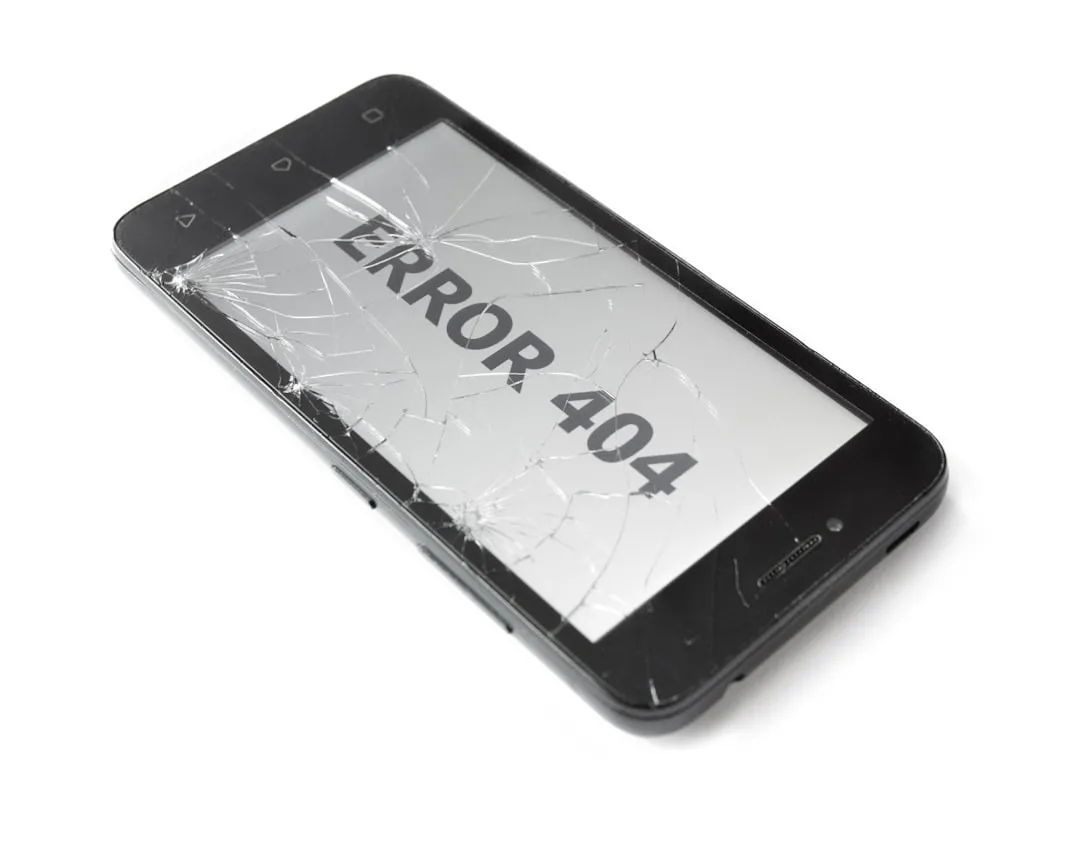
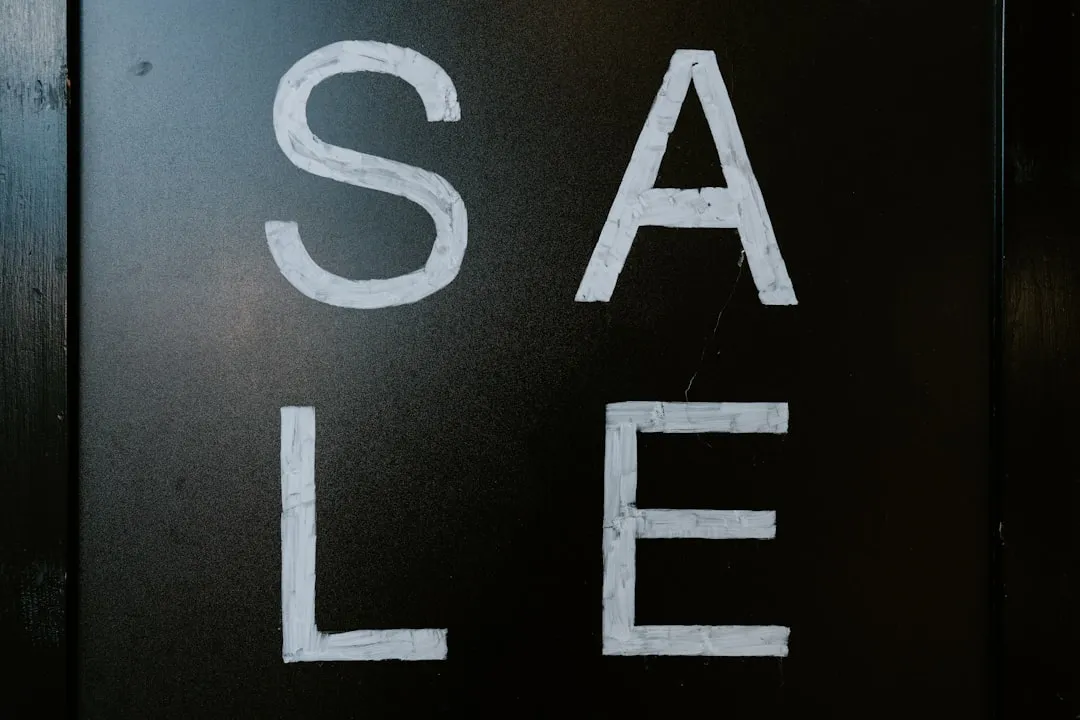
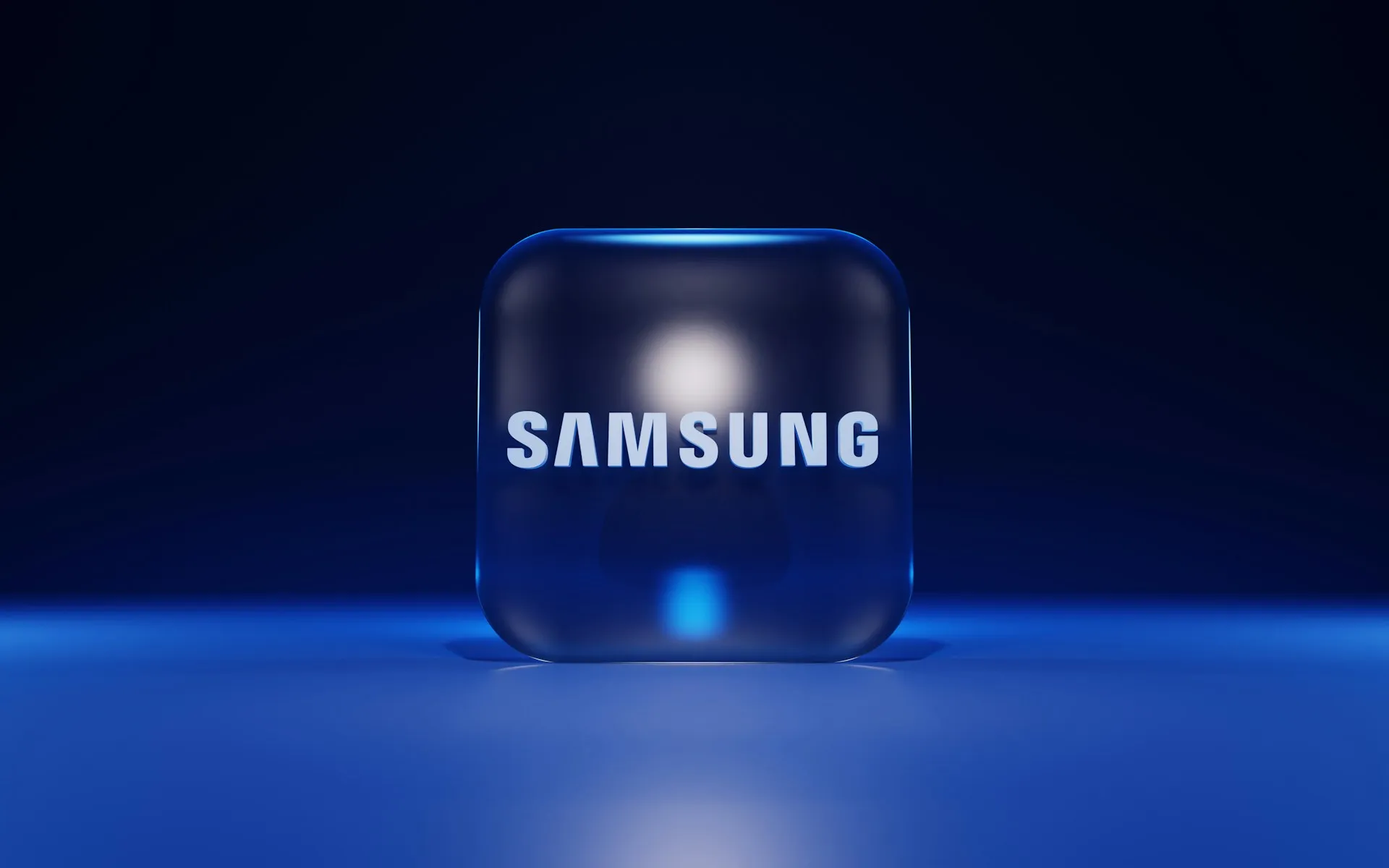


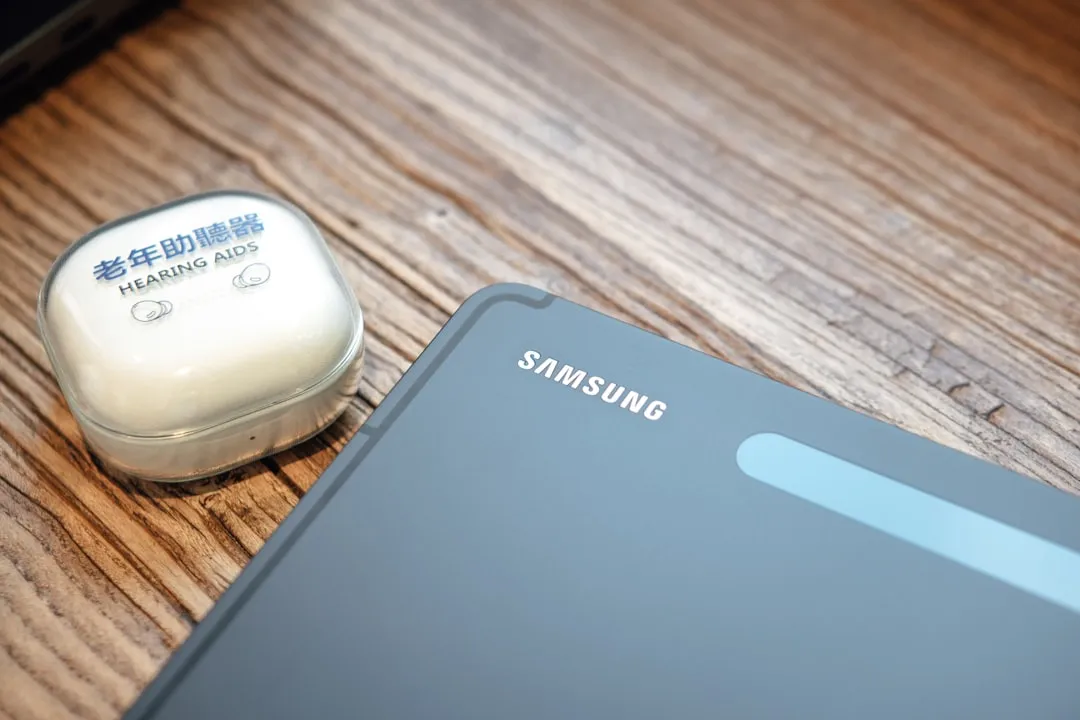
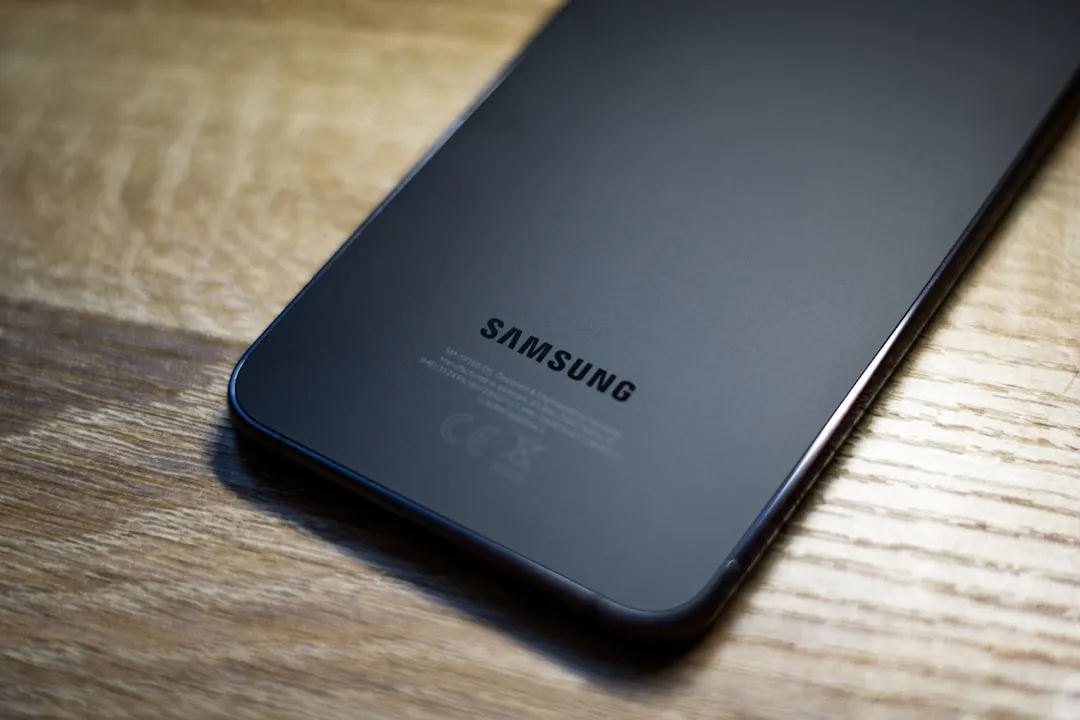
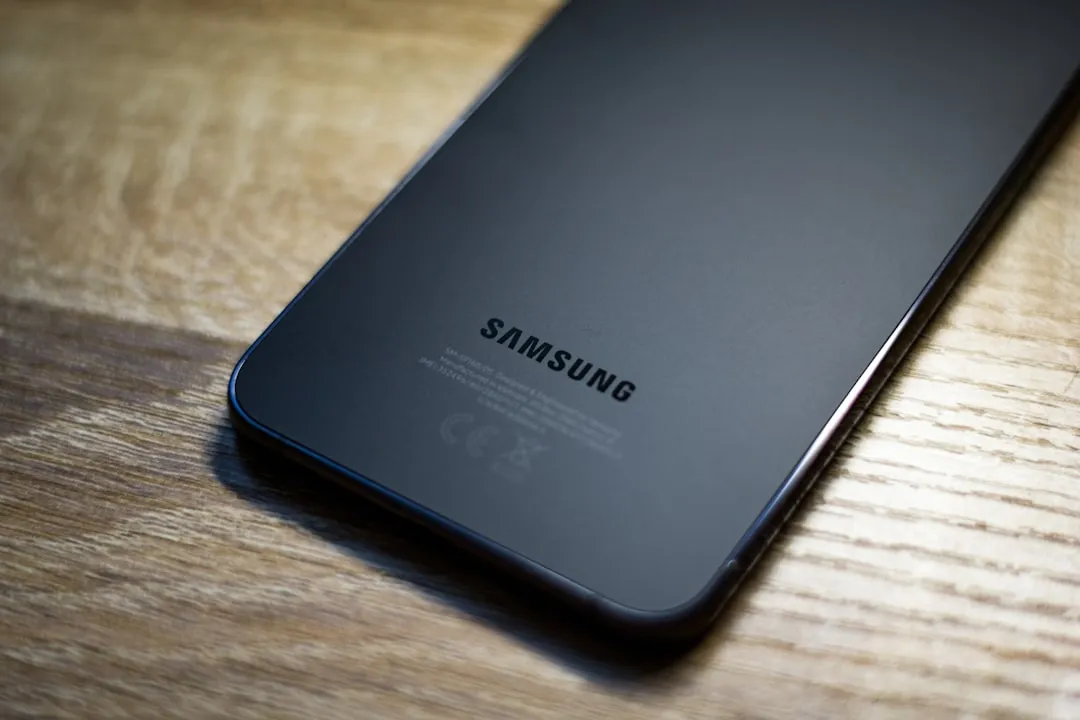




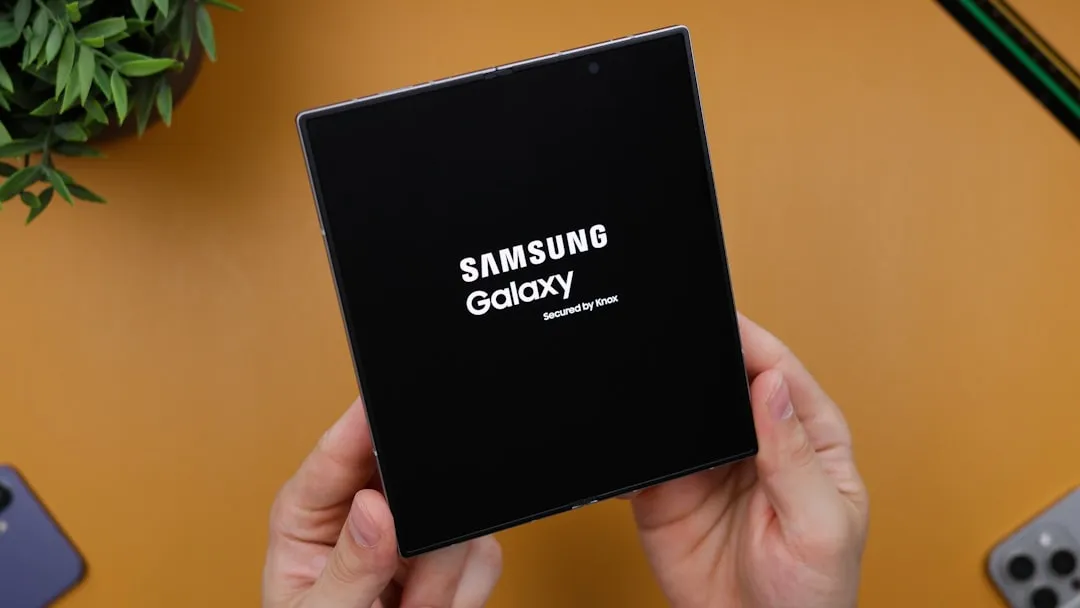

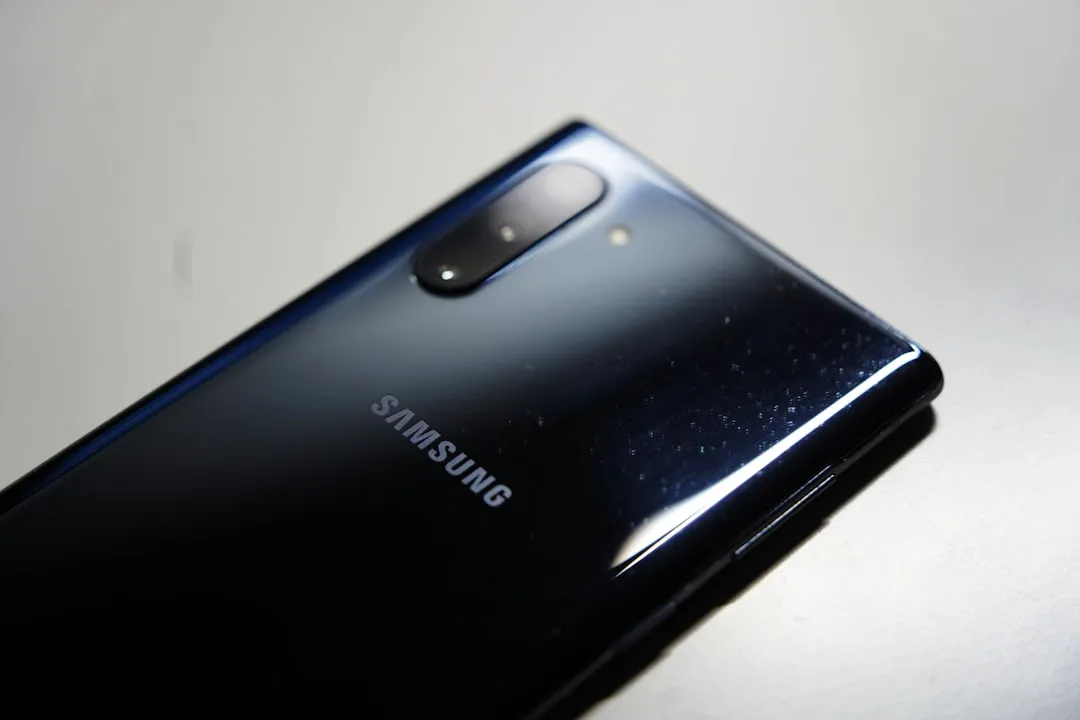
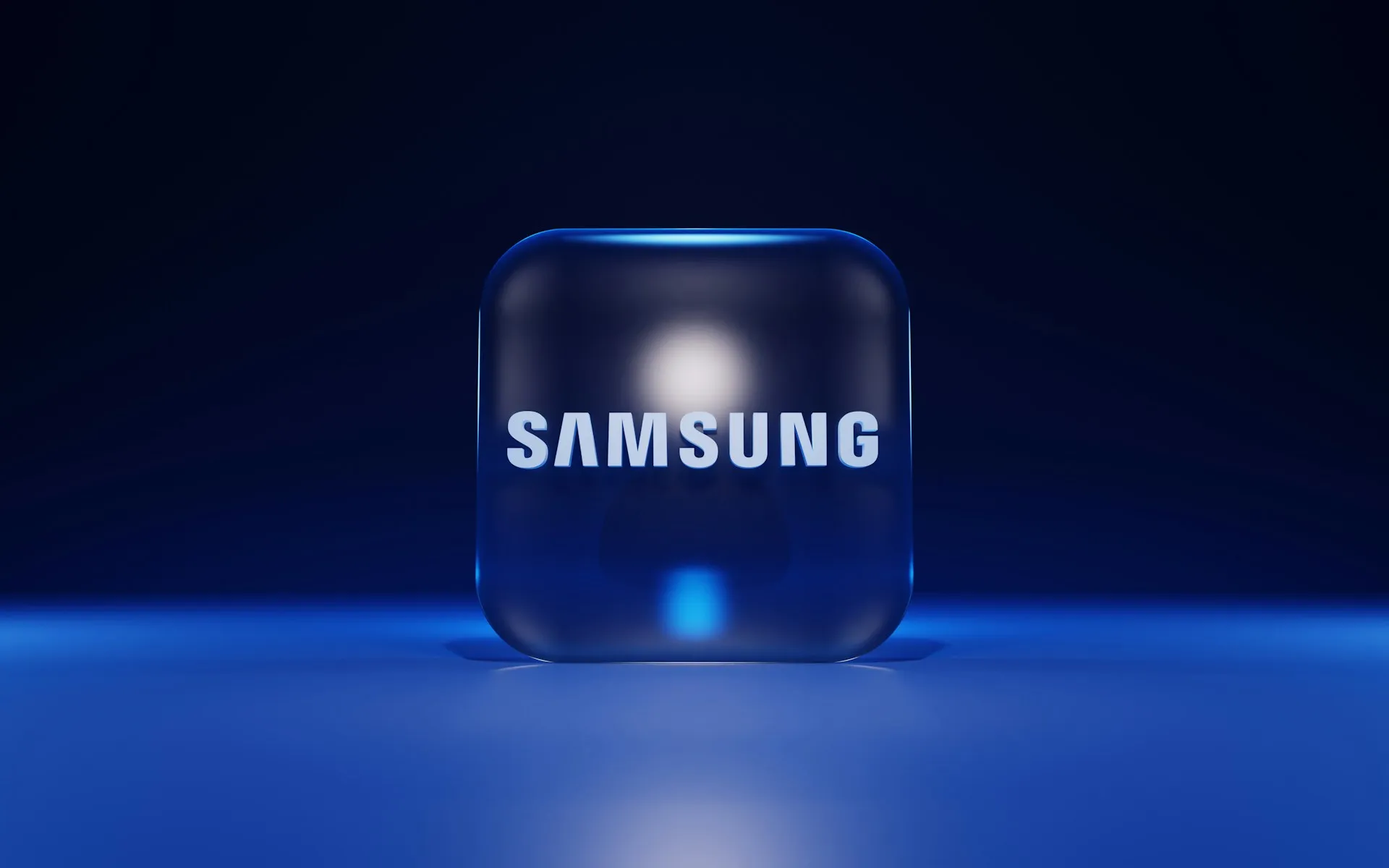
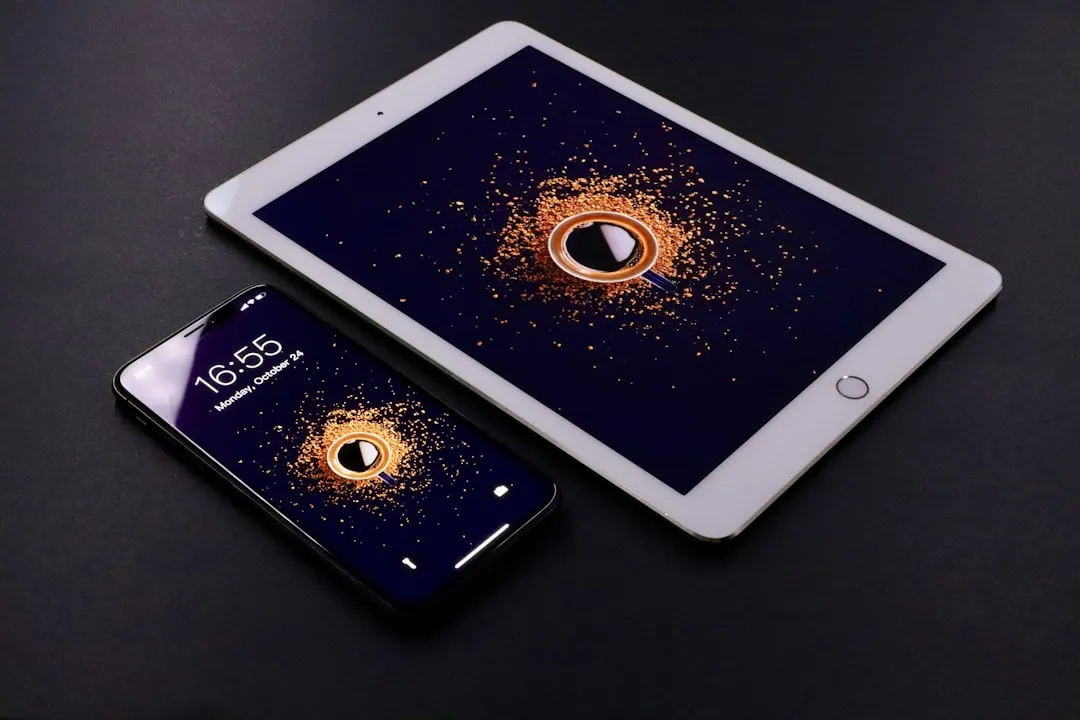
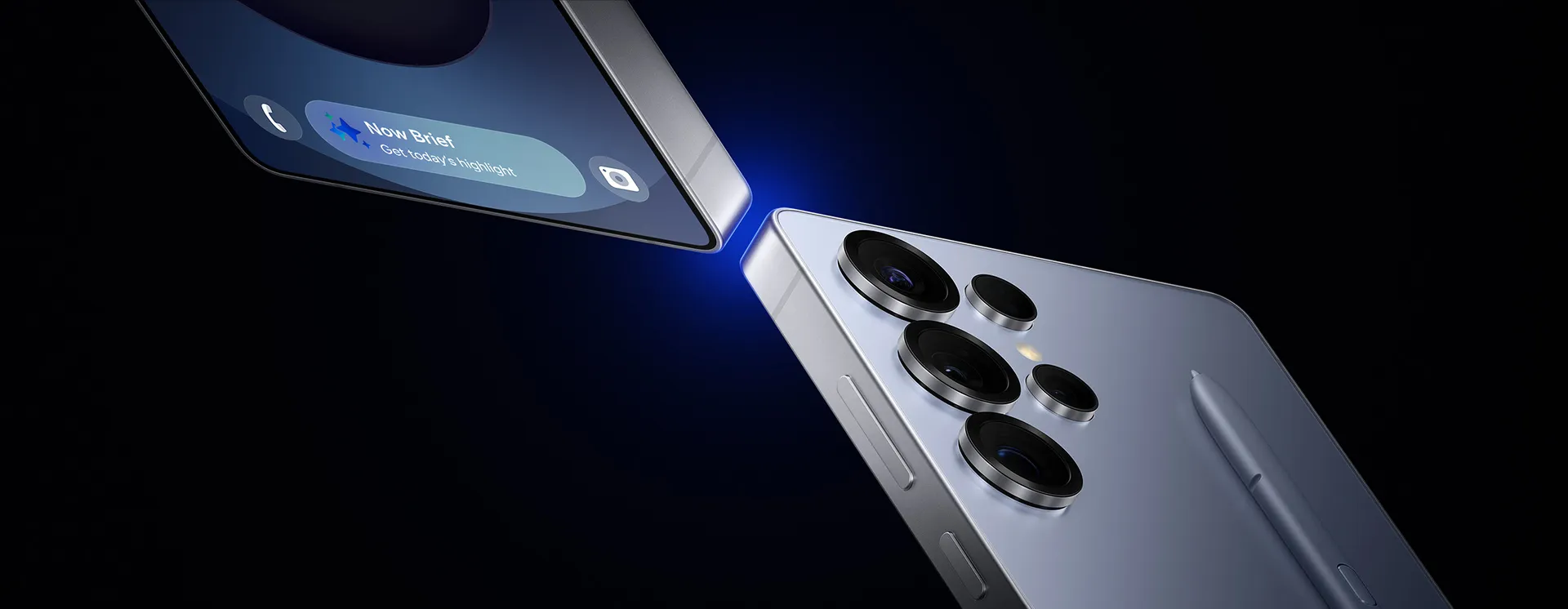

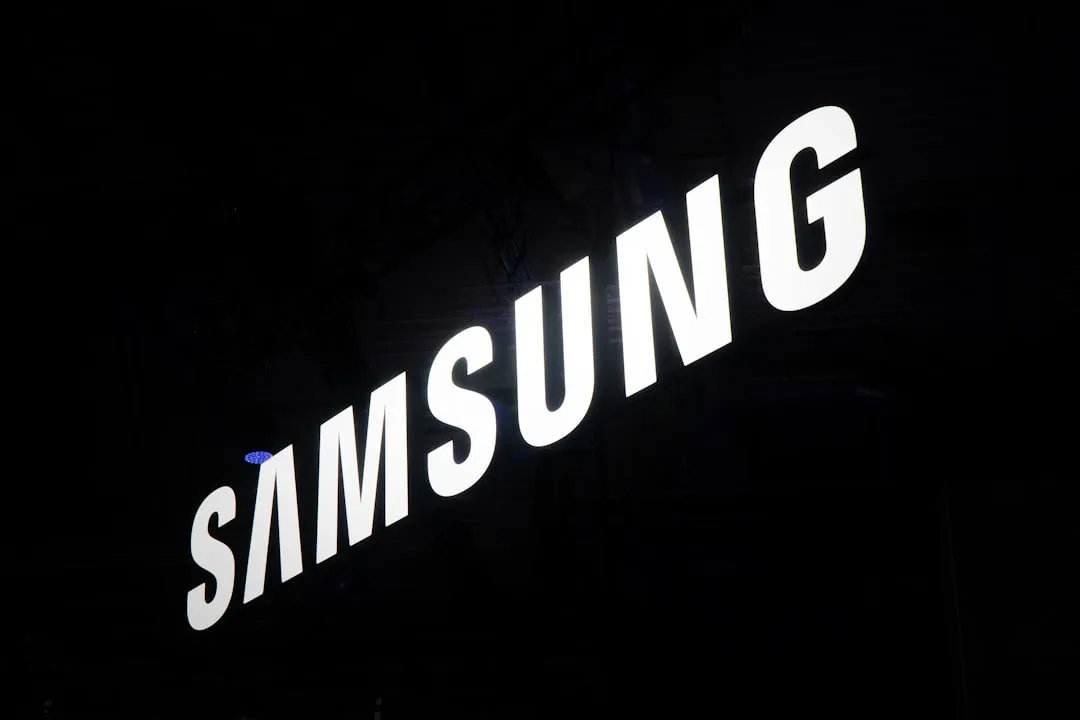

Comments
Be the first, drop a comment!